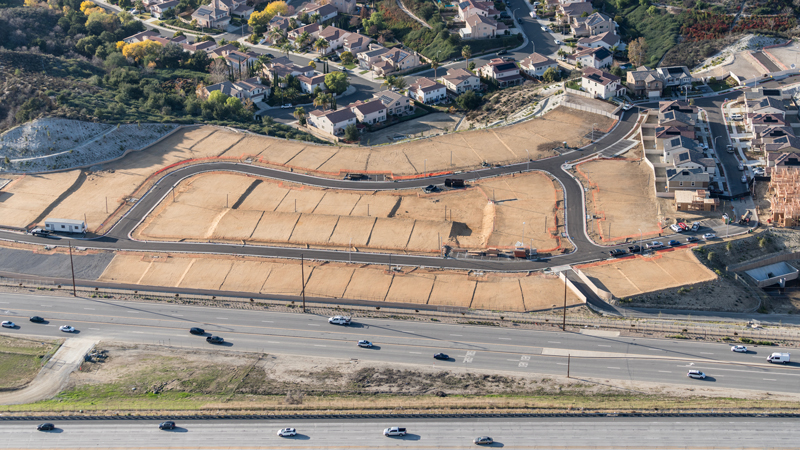Blogpost
3.3 minute read
July 22, 2020
In our last blog post, we discussed California’s role as a national leader in climate impact planning and examined some of the policies driving the State’s vision for climate adaptation.
California has also enacted legislation in the past five years that created a new paradigm for local planning efforts, requiring cities and municipalities to include climate risk and resilience strategies through various plan updates including:
- Senate Bill (SB) 379 (Land Use, General Plan, Safety Element) requires the safety element of a community’s general plan address the hazards created or exacerbated by climate change. The safety element must include a vulnerability assessment that identifies how climate change is expected to affect hazard conditions in the community. It must also include a set of goals, policies, and measures to adapt and improve resiliency to these anticipated changes.
For jurisdictions that have not previously adopted a Local Hazard Mitigation Plan (LHMP), SB 379 requires that climate change be addressed in the safety element by January 1, 2022.
- Senate Bill (SB) 1035 (General Plan, Safety Element) amends the timing of updates related to the original bill language in SB 379 (see above). It requires jurisdictions to review and, if necessary, update the safety element upon each revision of the housing element or LHMP. This should be done at least once every eight years to identify new information not available during the previous revision relating to flood and fire hazards and climate adaptation and resiliency strategies.
- Senate Bill (SB) 1000 (Land Use, General Plan, Safety and Environmental Justice) adds a requirement that, upon adoption or revision of any two other general plan elements on or after January 1, 2018, cities must either: adopt an environmental justice element for the general plan or incorporate environmental justice goals, policies, and objectives into other elements of the plan. Although not designed to explicitly address climate justice, this bill ensures disadvantaged communities have a voice in how a community addressed climate change through mandates in SB379 and SB1035.
- Assembly Bill (AB) 747 (Planning and Zoning, General Plan, Safety Element) requires jurisdictions to, after January 1, 2022, review and update the safety element of their general plan as necessary to identify evacuation routes and evaluate their capacity, safety, and viability under a range of emergency scenarios.
A jurisdiction that has adopted an LHMP, Emergency Operations Plan (EOP) or other document that fulfills these objectives may summarize and incorporate that document into the safety element to comply with AB 747.
- Senate Bill (SB) 99 (General Plan, Safety Element, Emergency Evacuation Routes) requires cities, upon the next revision of the housing element on or after January 1, 2020, to review and update the safety element to include information identifying residential developments in hazard areas that do not have at least two emergency evacuation routes.
Timeline of California’s Legislative Mandates Affecting Local Planning Efforts
The above graphic shows the timeline of California's legistlative mandates affecting local planning efforts.
These policies all require advanced plan coordination via strategic update cycles. In our next blog post, we’ll examine plan update cycles to help you better understand the requirements and other considerations for your jurisdiction.
In the meantime, learn more about what you need to do to comply with California’s shift to integrated adaptation planning. And learn how communities are implementing climate adaptation strategies without grant funding. You can also visit the State’s Adaptation Clearinghouse or the Office of Planning and Research’s General Plan Guidelines page.
Harris & Associates offers a wide range of strategic advisory services to guide jurisdictions and special districts throughout the West through the complex challenges of local planning for climate change. To learn more about how we can help, contact our experts below.
Source
Harris & Associates
Markets
Municipal
Planning + Development
Services
Climate Change + Sustainability
Risk + Resilience
Community Planning
Categories
Climate Adaptation












